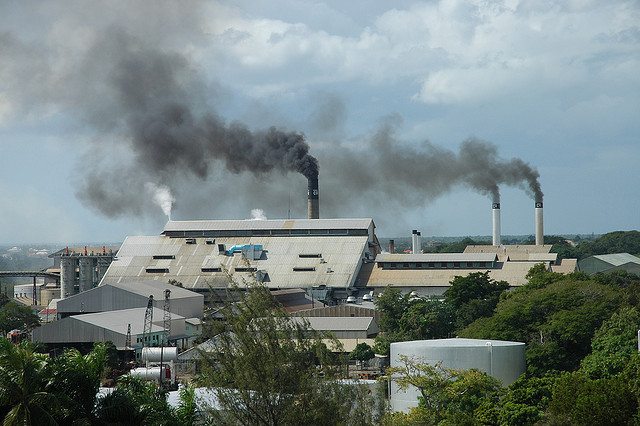 One of my last beats as a network TV reporter was the environment, and I covered everything from air quality to endangered species to climate change. I found it fascinating and complicated–drowning in jargon and tinged with politics–and often hard to visualize. What to do?
One of my last beats as a network TV reporter was the environment, and I covered everything from air quality to endangered species to climate change. I found it fascinating and complicated–drowning in jargon and tinged with politics–and often hard to visualize. What to do?
When dealing with these kinds of stories, journalists need to be familiar with the language of scientists and researchers, which can be confusing to say the least. Like business reporters, science writers need to develop their own list of definitions and explanations for complicated terms so they can write stories that make sense to the general public.
Reporters who cover scientific subjects need to understand the scientific method as well as basic math and statistics so they can double-check the results of research studies. They should always ask for and compare results for different demographic groups. If a health study looked only at white patients, for example, the findings might not apply to other groups.
At the same time, reporters should resist the urge to turn every development into a breakthrough, or to press for yes or no answers instead of accepting probabilities. Their stories may not seem as dramatic, but they will certainly be more accurate.
Journalists who are trained to report all sides of a story often fall into a trap when covering science. Giving equal coverage to differing scientific opinions can actually mislead the audience. For example, the overwhelming majority of scientists believe that exposure to lead can harm children’s intelligence levels; only a few researchers dispute the connection. You could mention both viewpoints in a story about lead exposure, but you’d have to be careful not to suggest that the science is really in dispute. If you caught Jon Oliver’s mocking take on climate change coverage, you get the idea. (Some language is NSFW.)
Demetria Kalodimos, who anchors full time at WSMV-TV in Nashville and reports in her “spare time,” won an award from the Society of Environmental Journalists for an investigation into tricholoroethylene (TCE) pollution in a rural Tennessee county. The contamination had been reported before, she says, but officials insisted the levels were considered “safe.”
“To be honest, hearing that phrase parroted over and over just caused my journalistic senses to tingle,” Kalodimos says. “I decided to look a little closer.” What she found were stories of human suffering: “A family’s dream home lost to contamination they should have been told about, the almost cavalier attitude of a summer church camp that continued to fill its swimming pool with contaminated spring water because it was cheap, the heartbreak of 19 families whose children were born with cleft lip/palate, defying the epidemiological odds.” Her advice to other reporters wanting to tackle a similar story?
- Do not be afraid of what seems like a technical issue, or something “out of your league.” Chances are very good that an expert is willing to give you a thorough science tutorial. And, believe it or not, starting with a mere layman’s understanding can help you explain the difficult material more effectively to viewers who are in the same boat.
- Go back [and] look at property deeds, old hearings, old minutes. It was fascinating to learn how concerned people were with one of the contaminated springs 30 years before the TCE problem surfaced. This context helped me build a stronger story.
- Be ready and prepared to get no official comment or cooperation. These days municipalities, even the feds, seem to have no qualms about just not playing ball at all on an issue. It’s difficult for us to imagine telling a story without the traditional balance we are used to, but there are ways to be fair and skeptical without interviewing folks in suits.
Carol Rogers, longtime editor of the journal Science Communication, has two useful tips for science and environment reporters. First: identification matters. Journalists often don’t identify the experts they quote in a meaningful way. For example, a story about an international conference on climate change quoted the head of the White House’s Office of Science and Technology but never mentioned that he was a respected climate scientist. Leaving that out made his comments seem politically motivated. Second, Rogers says, audiences don’t bring anywhere near the background journalists do to any kind of story, much less to complicated ones. That means if you’re covering a science conference, for example, you can’t assume your audience has heard or read yesterday’s story, or that they will tomorrow’s. Give them the background they need to understand a story as if that will be the only information they will ever hear or read on the subject. It may well be.
Pollution photo by Flickr user **Mary**








